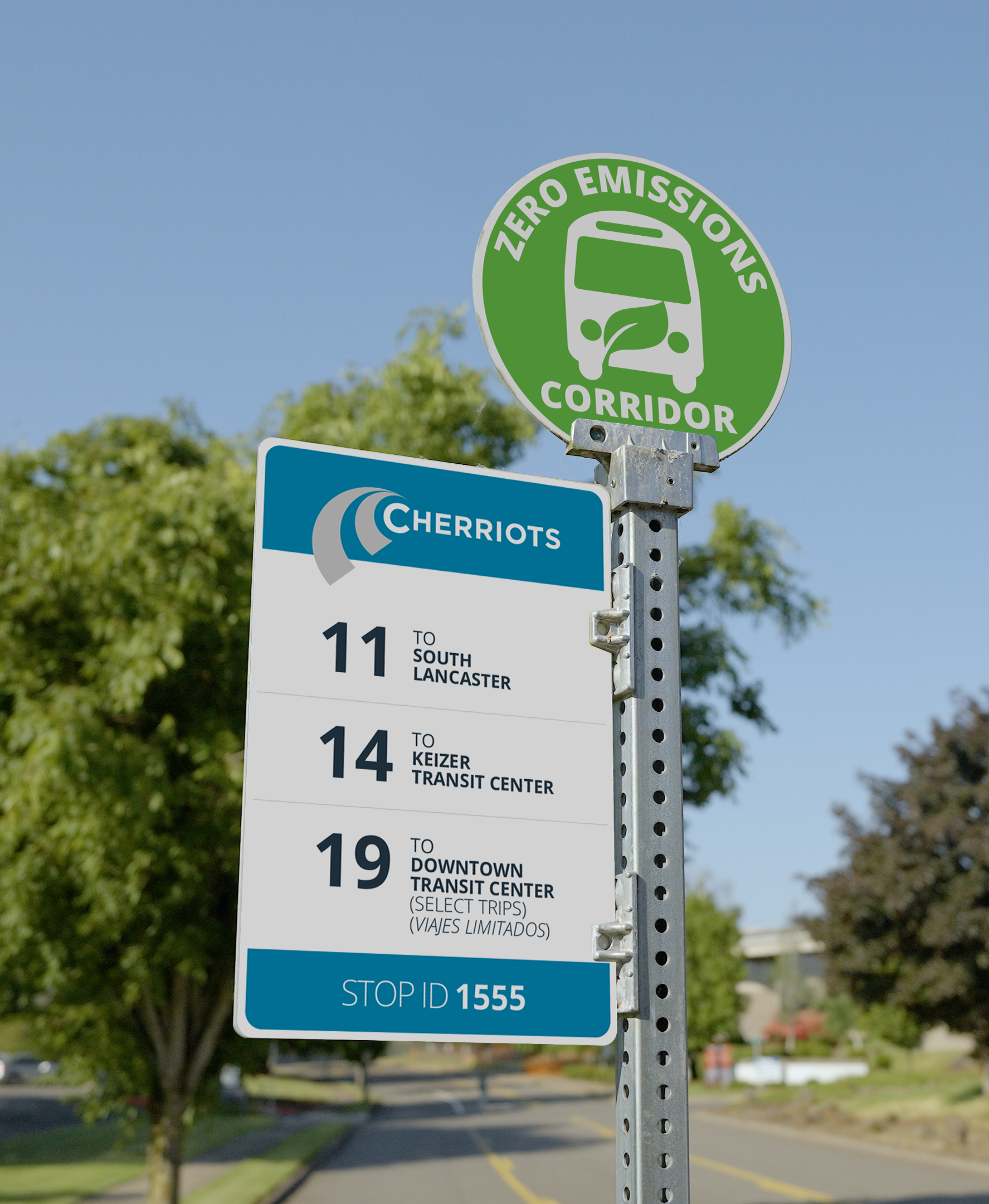What is a Battery Electric Bus (BEB)?
A BEB is powered solely by electricity, utilizing large onboard batteries for energy storage. BEBs are recharged at charging stations and produce zero tailpipe emissions.
How do BEBs benefit our community?
Environmental Impact: BEBs significantly reduce air pollution and greenhouse gas emissions, contributing to a cleaner, healthier environment.
Noise Reduction: Electric buses operate much more quietly than diesel buses, leading to lower noise pollution.
Energy Efficiency: Electric buses are more energy-efficient than traditional fossil fuel-powered buses.
Economic Benefits: Though the initial investment is higher, BEBs can lead to long-term savings in fuel and maintenance costs.
What are the challenges in introducing BEBs?
Initial Costs: The upfront cost of BEBs and charging infrastructure is higher than traditional buses.
Charging Infrastructure: Establishing a widespread and efficient charging network can be challenging.
Range Limitations: BEBs currently have a limited range compared to diesel buses, which can affect route planning.
Battery Life and Replacement: Battery life and performance can decrease over time, leading to additional costs and resource needs for replacement.
How will BEBs be charged?
Charging stations have been installed at Keizer Transit Center and Del Webb Operations Headquarters.
What is the expected lifespan of an electric bus?
The lifespan of a BEB is comparable to that of a traditional bus, typically around 12 to 15 years. However, battery life may vary and could require replacement during the bus’s lifespan.
How will this transition impact current bus services?
The transition will be gradual to minimize disruptions. The first route that will be served solely by BEBs is Route 11.
Will there be any changes to bus routes or schedules?
Routes and schedules will remain largely unchanged. However, adjustments may be made in the future to optimize the use of BEBs.
Are BEBs safe?
Yes, BEBs meet all the safety standards and regulations required for public transportation vehicles. They are equipped with advanced safety features for both riders and bus drivers.
How will the community be informed about the progress and impacts of this transition?
Regular updates will be provided through community meetings, local news, Cherriots.org, and Cherriots social media. Feedback from residents is encouraged to ensure a smooth transition.




